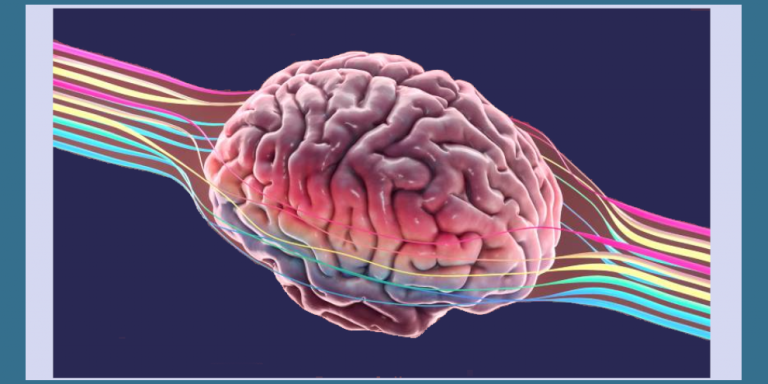
By Giorgia Zaetta – March. 9, 2021
The challenges of CNS Drug Discovery
In the last decades, few clinically active drugs for brain disorders were identified, and many research projects have been abandoned because of drawbacks in the drug discovery pipeline. One of the main CNS drug discovery challenges, is to understand the mechanisms that govern blood–brain barrier permeability. This is mainly due to the physical restriction of the membrane as well as the activity of efflux transporters present, that create an obstacle to drug delivery into the brain. Therefore, it is significantly important to characterize the BBB permeability of small molecule as early as possible.
What is the Blood Brain Barrier?
The blood–brain barrier (BBB) describes the endothelial layer of cells that surrounds the central nervous system (CNS), and is identified as a structural and chemical barrier between the brain and systemic circulation. BBB is a special selective semi-permeable membrane, with physiological role of preventing harmful substances from entering the brain.

The illustration of the blood-brain barrier (From: Liu, et al. 2012)
Passive Diffusion and Active Transport
BBB permits lipid-soluble small molecules to cross by passive diffusion, and allows the selective active transport of molecules, such as glucose and some amino acids, via the P-glycoprotein-mediated active transport mechanism (P-gp). A drug’s BBB permeability profile is influenced by multiple component that contribute positively or negatively to its ability of getting in the brain:
- Molecular Weight up to 400 Da
- Molecular Volume (Fisher et al. found a 100-fold decrease in penetration between molecules with volumes of 100 Å compared to 50 Å)
- Hydrophilicity, as major determinant of permeability
Active transport by the BBB’s efflux pumps is equally important to obstacle diffusion of drugs to the brain, and some small molecules can be found as P-gp substrates.

Mechanisms of drugs passing BBB: the right part presents the blood vessel, which shows the mechanisms for drug passing BBB, and the left part is the brain.
The importance of crossing the BBB in Drug Discovery
Many active compounds faced CNS research discontinuation due to low BBB penetration rather than lack of potency; therefore, to determine whether a drug has BBB permeability is a key pre-requirement of discovering CNS drugs.
The limitations
Ways of testing BBB compound’s penetration are considered quick, high throughput and reliable. PAMPA-BBB (the BBB parallel artificial membrane permeation assays) has been extensively used as the in vitro model of choice for predicting passive BBB permeation. In vivo tests run on primary cultures has an important ethical implication, and some have started developing 3D tissue models of the human brain endothelium that mimics BBB and can potentially substitute the current in vivo models. Even if this could possibly overcome the costs and the ethical issues with animal testing, more solutions need to be found.
One solution: Computational Chemistry
In the drug market, the cost of drug discovery failure in late stages is of high impact. The complexity of the laws regulating the use of animal samples for experimental purposes, together with the current scenario where progresses are made only in small molecules that penetrate the BBB with passive diffusion, have clearly some responsibility in the most common drawbacks.
In the future, computational methods can surely significantly improve the prediction accuracy of drug BBB permeability, and it can ultimately help drug discovery to reduce time and cost in finding new CNS drugs. For example, in 2018, Wang et al. proposed a Silico method which, combined with Machine learning, can improve this prediction.
At Pharmacelera, we are closely working on future perspective for CNS therapies, using a unique approach derived from semi-empirical Quantum-Mechanics (QM) calculations. Such fields describe with high accuracy the molecular descriptors that can determine BBB penetration.
Do you want to find out more about how Pharmacelera can help you in your CNS drug discovery project? Let us help you! Our consultants will provide you with customized solutions, always working side by side with your team. Contact us: contact@pharmacelera.com
Bibliography
- “Blood–brain barrier: mechanisms governing permeability and interaction with peripherally acting μ-opioid receptor antagonists.” Viscusi, E. R. et al., Reg Anesth Pain Med 2020; 0: 1–8.
- “Improved Classification of Blood-Brain-Barrier Drugs Using Deep Learning.” Miao, R. et al., Scientific Reports, 2019, 9: 8802
- “A focused library of psychotropic analogs with neuroprotective and neuroregenerative potential.” Uliassi, E. et al., ACS Chem. Neurosci. 2018
- “Blood-brain barrier permeation: molecular parameters governing passive diffusion.” Fischer, H. et al., J Membr Biol 1998; 165: 201–11.
- “In Silico Prediction of Blood–Brain Barrier Permeability of Compounds by Machine Learning and Resampling Methods.” Wang, Z. et al., ChemMedChem, 2018, 13, 2189–2201.
- “Drug transport across the blood-brain barrier.” Pardridge, W. M. et al., J Cereb Blood Flow Metab 2012; 32: 1959–72.
